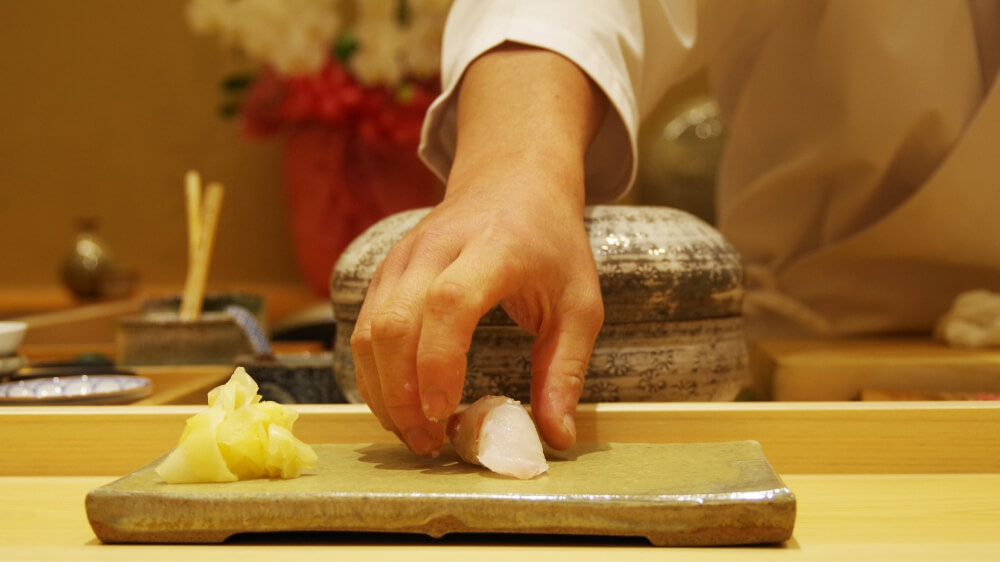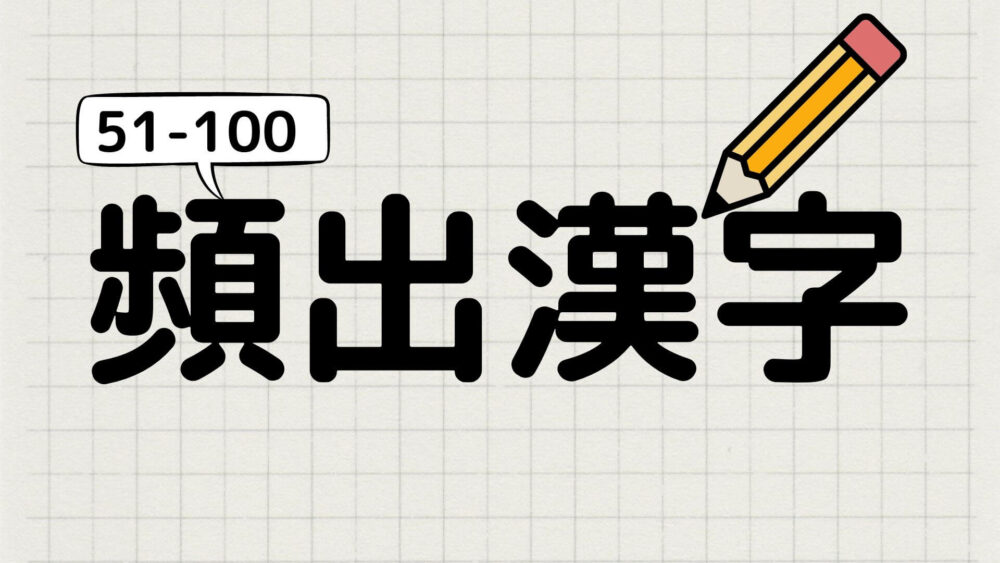In Japan, the onsen culture has a deep-rooted history, offering a vital place of relaxation for both locals and visitors. More than just a bathing facility, onsens are a traditional experience that soothes both body and mind. In this article, we’ll guide you through the basic onsen etiquette, how to enjoy your visit, and some unique onsen experiences.
Understanding Japanese Onsens
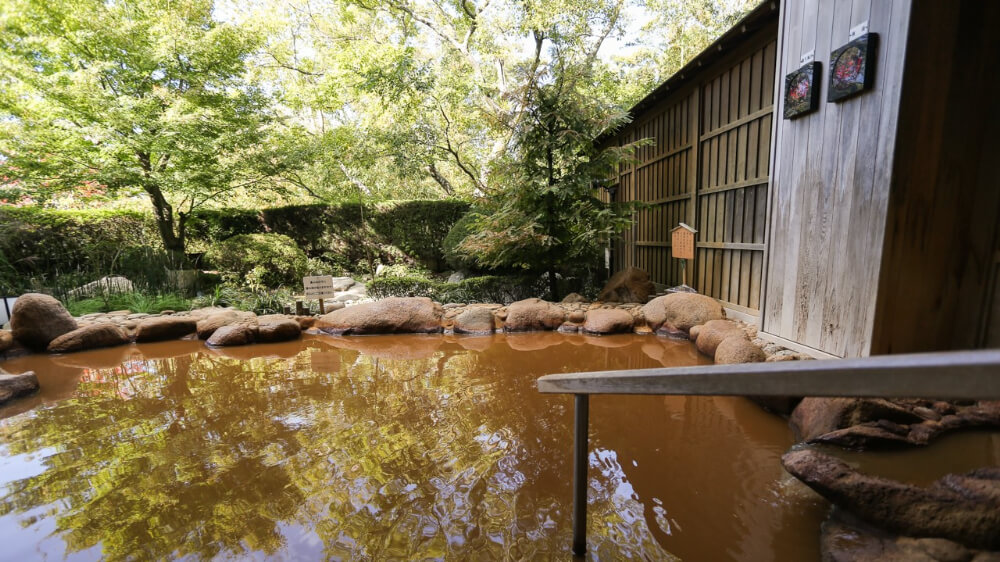
What is the Onsen?
The onsen is a natural hot spring, where underground water is heated by geothermal activity. Due to Japan’s volcanic nature, you can find onsens all across the country. The mineral content in onsen water varies, offering different health benefits depending on the type. For example, sulphur springs are known to help with skin conditions, while carbonated springs are believed to improve circulation.
The Charm of Japanese Onsens
The appeal of Japanese onsens lies in their variety and stunning locations. From hidden mountain retreats to open-air baths by the sea, onsens provide a relaxing environment where you can enjoy Japan’s beautiful seasonal landscapes. Additionally, onsen towns often offer local specialties and rich food culture, making your visit an even more enjoyable experience.
For recommendations on top hot spring destinations across Japan, check out “Where are the Best Hot Springs (onsen) Destinations in Japan?”
Onsen Etiquette and How to Bathe
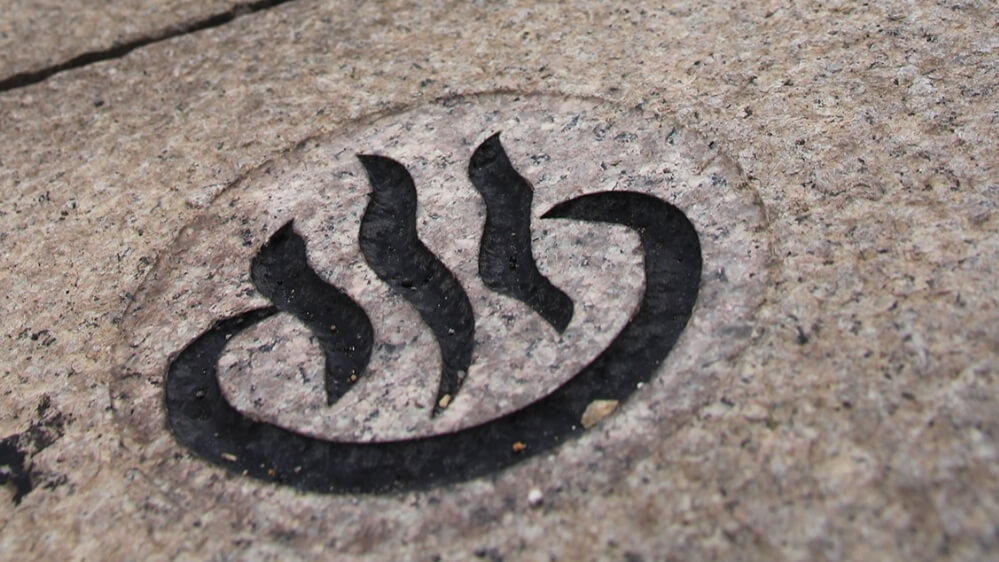
To fully enjoy your onsen experience, it’s important to follow Japanese etiquette and rules. Here’s a guide to the basic steps and manners to keep in mind.
Before Entering the Bath
While in the Bath
After Bathing
Unique Onsen Experiences
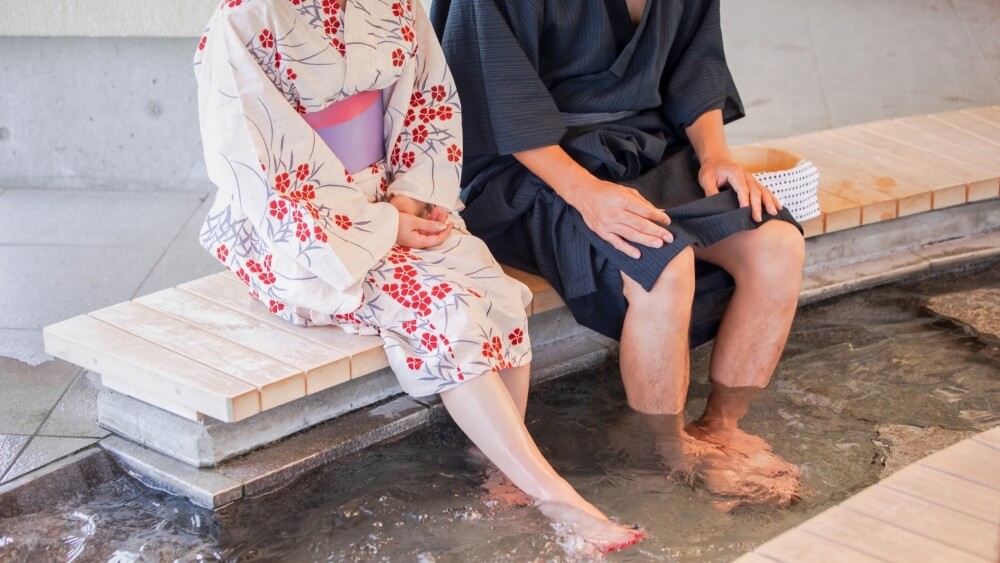
Japan offers more than just traditional onsen baths—here are some unique experiences you can try.
Sand Baths
In a sand bath, you’re buried in warm, mineral-rich sand heated by geothermal activity. The combination of the sand’s weight and heat provides a soothing, detoxifying effect. Typically, a special yukata is provided, and depending on the facility, you may either bury yourself or have staff assist you.
Steam Baths
Steam baths use onsen steam as a form of sauna. The steam warms your body, helping to sweat out toxins. This type of bath is especially popular in colder seasons. While typically experienced without clothing, be sure to check the rules of each facility beforehand.
Foot Baths
Foot baths allow you to soak just your feet in an open-air onsen, making them perfect for those who are hesitant about full-body bathing or want a quick and easy way to enjoy the hot springs. Many tourist spots offer foot baths, often free of charge, though no towel is provided.
Other Considerations and Warnings
Japanese onsens offer a unique cultural experience focused on relaxation and health. By following the proper etiquette and rules, you can enjoy a peaceful and rejuvenating time at these traditional hot springs.

